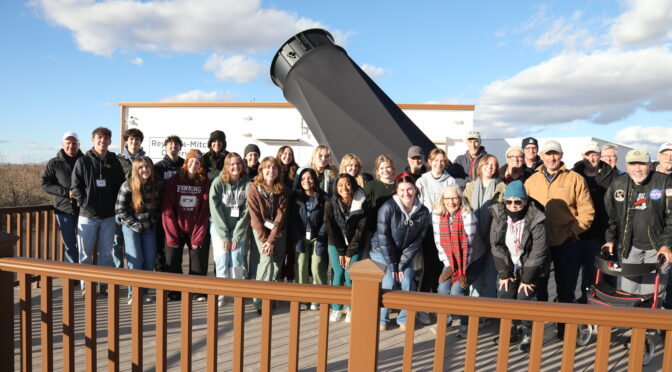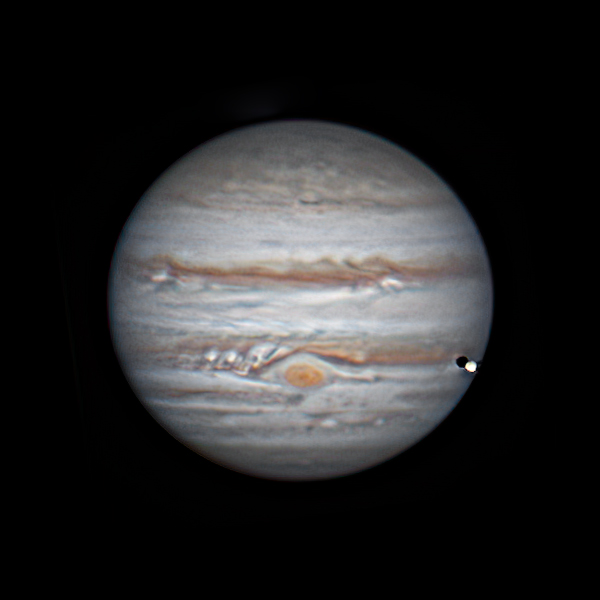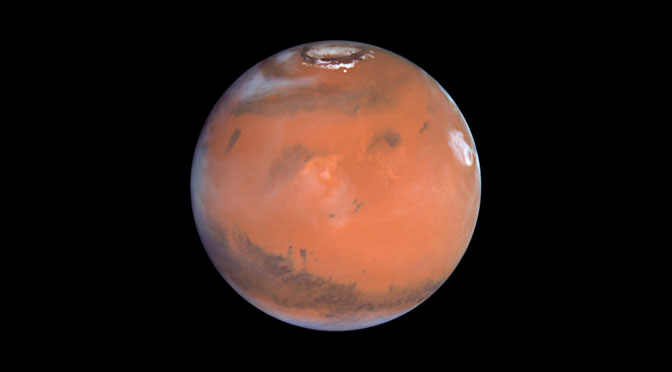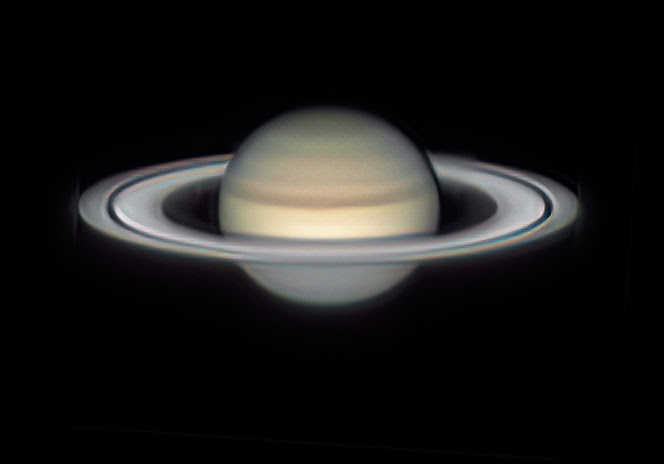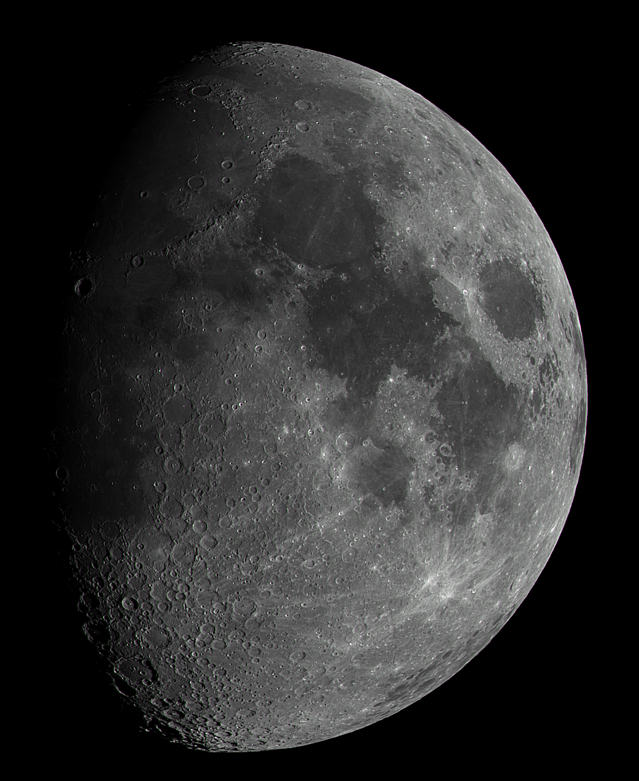FREE STAR-GAZING EVENT
Saturday May 3th
Hosted by the Tucson Amateur Astronomy Association
At: Chiricahua Astronomy Complex – 9315 E. Perseus Way, Pearce, AZ – in the Turkey Creek area
Saturday May 3rd 2025 is the night! Come join us under the stars at 7:00pm for an evening of stargazing and hunting for object through telescopes ranging from 8 inches (small) to 40 inches (very large)
Twice a year the volunteers of the Tucson Amateur Astronomy Assn. open up our dark site in Cochise County to the general public, to share the county’s dark skies.
TAAA will have available a wide range` telescopes telescopes to show planets, moons, galaxies, double stars and more. The event is a suitable for the whole family.
Reservations Required – Contact John Kalas at jckalas{at}cox.net – for reservations and directions

Dress Warmly. The site is at almost 5000 feet and it will be cold when the sun sets and the fun begins!



